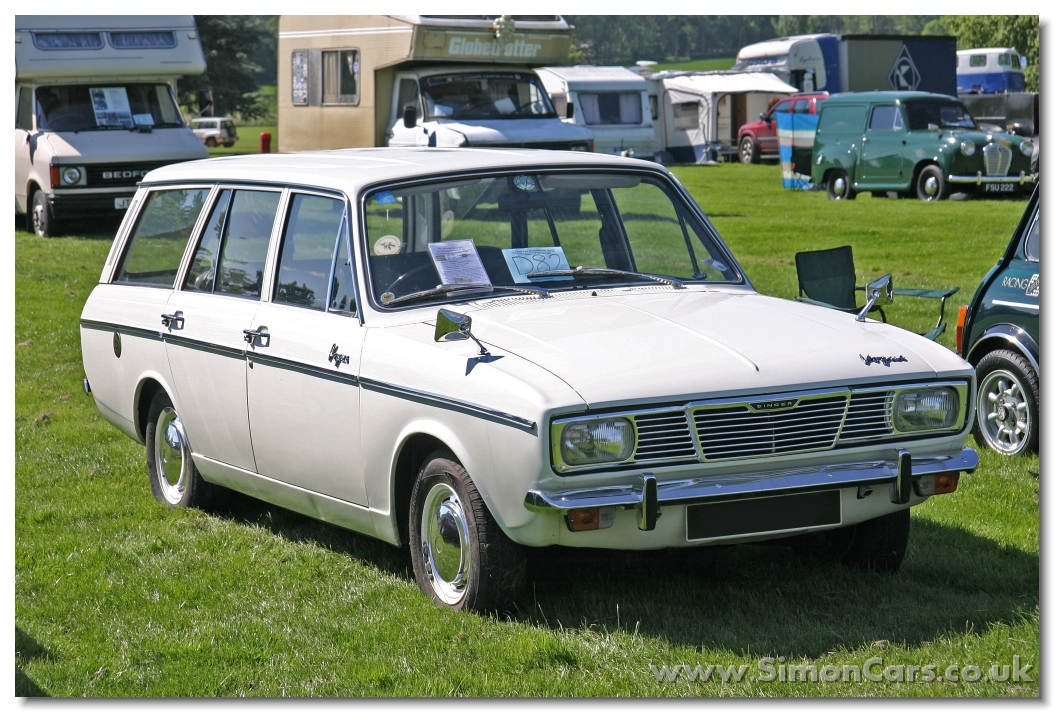Singer Car Logo
Singer Hunter
Singer Sports
Singer Gazelle
Singer Vogue
Singer was an automobile company founded in 1905 in Coventry, England. It was acquired by the Rootes Group of the United Kingdom in 1956, who continued the brand until 1970. The British Singer company had no connection with the Singer company of Mount Vernon, New York, USA, which made luxury cars from 1915 to 1920.
The company began manufacturing motorised three-wheelers in 1901, followed by motorwheels which were fitted to bicycles. Singer developed a 222 cc four-stroke single using an engine design bought from former Beeston employees Edwin Perks and Frank Birch. A unique feature of the Perks-Birch design was that the engine, fuel tank, carburettor and low-tension magneto were all housed in a two-sided cast alloy spoked wheel. It was probably the first motor bicycle to be provided with magneto ignition. The design was used by Singer in the rear wheel and then the front wheel of a trike.
Singer made first four wheel car in 1905. It was designed by Alexander Craig and was a variant of a design he had done for Lea-Francis having a 2-cylinder 1853 or 2471 cc engine.
The first Singer designed car was the 4-cylinder 2.4 litre 12/14 of 1906. The engine was bought in from Aster. For 1907 the Lea-Francis design was dropped and a range of two-, three- and four-cylinder models using White and Poppe engines launched. The Aster engined models were dropped in 1909 and a new range of larger cars introduced. All cars were now White and Poppe powered. In 1911 the first big seller appeared with the four cylinder 1100 cc Ten with Singer's own engine. The use of their own power plants spread through the range until by the outbreak of the First World War all models except the low-volume 3.3 litre 20 hp were so equipped.
In 1921 Singer took over another Coventry car maker Coventry Premier and continued to sell a range of cars under that name until 1924. Calcott was purchased in 1926. For 1927 the Ten engine grew to 1300 cc and a new light car with 850 cc overhead cam (ohc) engine, the big selling Junior was announced and at the same time the ten became the Senior. By 1928 Singer was Britain's third largest car maker after Austin and Morris. The range continued in a very complex manner using developments of the ohc Junior engine first with the Nine (two bearing crank), the 14/6 and the sporty 1½-litre in 1933. The Nine became the Bantam in 1935. Externally the Bantam was very similar to the Morris Eight, had a three-bearing crankshaft and it was the first Singer to be fitted with a synchromesh gearbox, albeit with only three forward gears.
In 1948 the SM1500 with independent front suspension and a separate chassis was announced, still using the SOHC 1500cc engine. It was, however, expensive at £799, and failed to sell well as Singer's rivals also got back into full production. The car was restyled to become the Hunter in 1954. The Hunter was available with an HRG-designed twin overhead-cam version of the engine, but few were made.





No comments:
Post a Comment